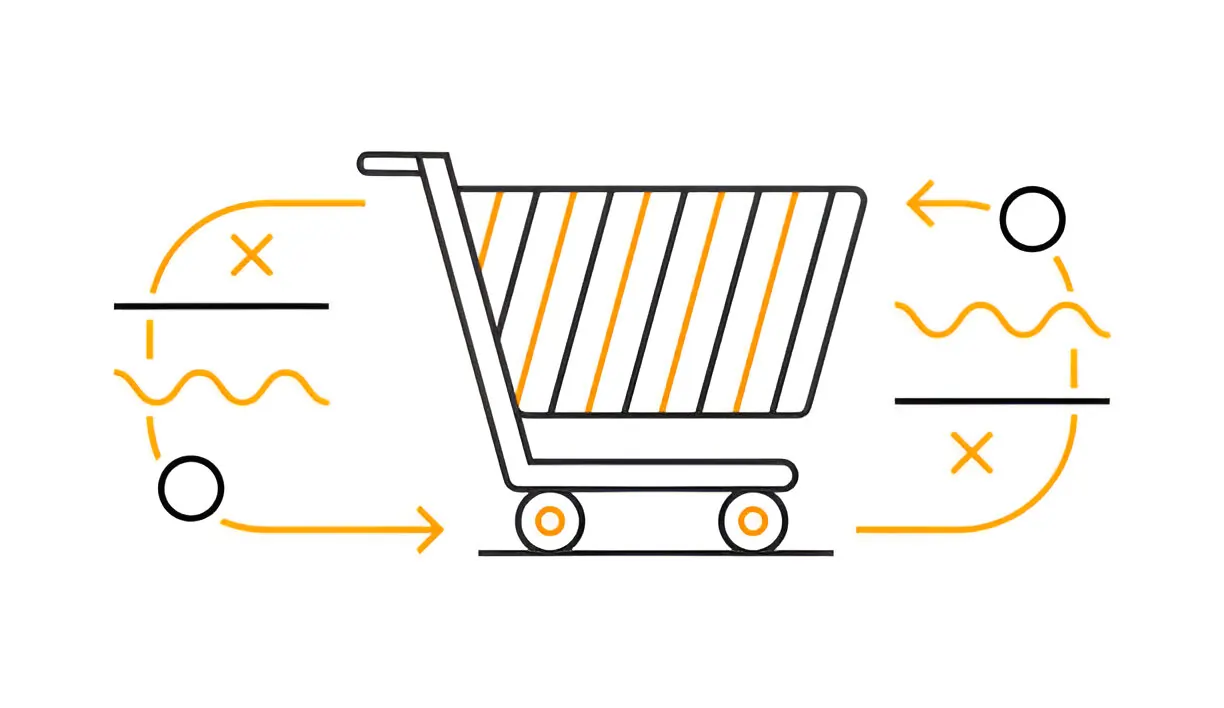Switching from one eCommerce platform to another can feel overwhelming for store owners. The fear of losing data, breaking SEO rankings, or experiencing downtime during peak sales periods often stops merchants from making a change. However, with the right approach and modern tools, a cart-to-cart migration can be smooth, safe, and free of disruptions for customers.
What Is Cart-to-Cart Migration?
Cart-to-cart migration is the process of transferring all your eCommerce store data — including products, customers, orders, categories, and CMS pages — from one shopping cart platform to another. Instead of manually re-entering data, merchants use specialized software or services to automate the process.
Why Businesses Switch Platforms
There are many reasons why store owners consider switching platforms:
- Better Features: Modern platforms may offer better integrations, payment gateways, and marketing tools.
- Performance: Faster load speeds and optimized UX can boost conversion rates.
- Scalability: As your business grows, you may need a platform that supports more SKUs, traffic, or international sales.
- Cost Efficiency: Switching may reduce monthly fees or maintenance costs.
Key Steps for a Seamless Cart-to-Cart Migration
- Plan Ahead: Define your migration goals, choose the right platform, and create a timeline.
- Backup Data: Always keep a secure backup of your current store.
- Select a Reliable Migration Tool: A trusted solution like shopping-cart-migration.com can automate data transfer while ensuring accuracy.
- Test Migration: Perform a demo migration to check data mapping, design compatibility, and functionality.
- Go Live: Schedule the final migration during low-traffic hours to minimize risk.
- Post-Migration Checks: Test checkout, payment, shipping, and SEO settings to ensure everything works perfectly.
How to Avoid Downtime During Migration
The biggest fear for most merchants is downtime — the period when customers cannot place orders. To avoid this, follow these tips:
- Run Migration on a Staging Site: Transfer your data to a non-public environment first.
- Freeze Orders Before Final Transfer: Temporarily disable order placement on the old site just before the final sync.
- Sync New Orders: If there’s a gap, use an order sync feature to migrate new orders placed after the demo migration.
SEO Considerations When Switching Platforms
SEO is a valuable asset that should never be overlooked. During migration, it’s critical to:
- Maintain existing URL structures or set up proper 301 redirects.
- Preserve metadata, alt tags, and on-page SEO elements.
- Check robots.txt and sitemap configurations.
- Monitor Google Search Console for any indexing issues post-migration.
Final Thoughts
Cart-to-cart migration doesn’t have to be stressful or risky. With careful planning, the right tools, and an SEO-focused approach, you can upgrade your store without losing sales or search rankings. If you’re ready to make the switch, consider using a proven service like shopping-cart-migration.com to ensure a fast, accurate, and downtime-free migration process.
Read more: Unlocking Rizz: Mastering Modern Charisma and Game
Juan Soto’s Historic Contract with the Mets: A Shift in Baseball’s Financial Landscape?
The Yankees’ Return to the Top: Can They Sustain Their World Series Dominance?
Game Strategies That Have Dominated the Circuit Over the Past Decade










